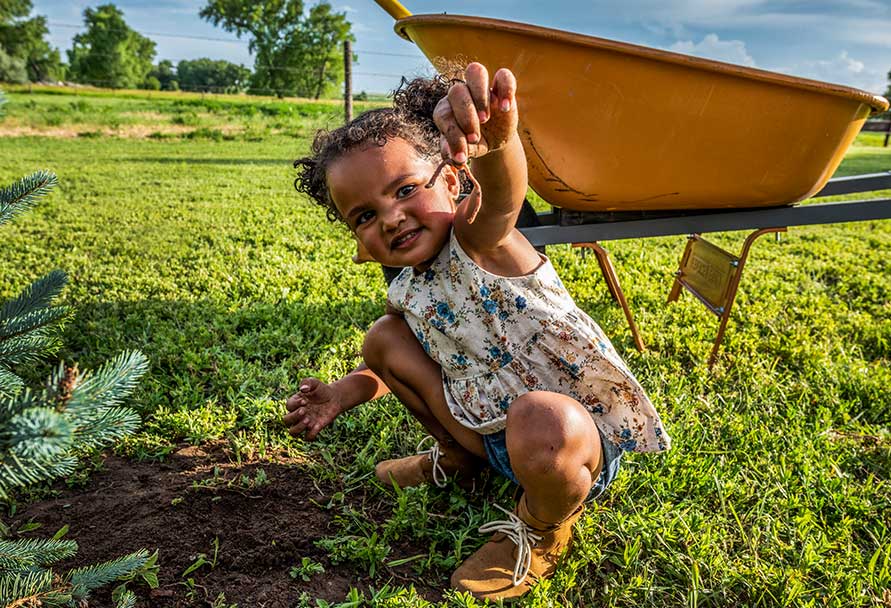Emergencies come in all forms. Whether a forest fire threatens your home, your house has a natural gas leak, or a major storm has caused extensive damage, emergencies leave us feeling unprepared.
But there’s one way to feel a little more in control in these situations — have a plan. In this case, an emergency evacuation plan. Knowing what you’re going to do and how you’re going to do it can offer an enormous sense of relief in an emergency.
But where do you even start?
No worries, we can help. Let’s look at what to include in a family evacuation plan so you can get started.
Get out safely
- Sometimes you might have hours to evacuate. Sometimes you’ll have just minutes. When every second counts (a house fire or natural gas leak, for instance) everyone in your family needs to know how to safely get out of the home. If an exit is blocked by fire or debris, which windows should they use and how do they open them? Make sure everyone knows how to get safely out of your home in an emergency.
- Be familiar with alternative routes and other types of transportation out of your neighborhood or area.
Choose a meeting location
- In the case of a community emergency, phone lines will likely be jammed with calls. Or they might be out of service, which means calling your family members could be impossible. So, it’s a good idea to have a meeting place. Think about a location you can all find easily — a local gas station, park or maybe a relative’s house.
- It’s also a good idea to have a location near your home where you can gather in the case of a house fire that forces your family to evacuate through different exits. Choose a spot a safe distance away — a neighbor’s house, for example. Or maybe a nearby building.
Plan for a safe place to stay
- Identify multiple places where you could go in case of evacuation — maybe a relative or friend in a nearby community. Choose two options in different directions in case the streets in one direction are blocked.
- If you don’t have friends or family nearby, compile a list of shelters available to you in case of an evacuation. If you have pets, identify shelters that will allow you to bring your pet.
Pack an emergency kit
- Pack an emergency kit that can be easily carried. Find ideas on what to include in an emergency kit.
- Always make sure your kit is portable and easy to carry.
Stay in the know
- Listen to local officials. By staying up to date on the latest, you will know about potential road closures, temporary shelters and other details.
- Your emergency kit should include a battery-operated radio so you can listen for updates.
Practice and share
- It’s a great idea to do a run-through of your emergency evacuation plan, especially if you have younger children. Walk through various scenarios so that everyone feels comfortable if the real thing ever happens.
- Share your evacuation plan with relatives and close friends. Make sure they know where you will meet in the case of an emergency.
Now that you have a home evacuation plan, any emergency will be a little easier to manage. But remember to do everything possible to keep your home safe right now. Check your fire alarms once a month and make sure the batteries in your carbon monoxide detectors are also good. Learn more about carbon monoxide safety.
It’s also smart to evaluate your home for electrical hazards — an overloaded outlet, frayed or worn electrical cords, or extension cords used instead of appropriate wiring. All these things are a fire hazard and something you can fix now to avoid an emergency in the future.
We hope you’ll never have to deal with an emergency that requires you to evacuate your home, but if you do, we know you’ll be prepared with this comprehensive list. We’ve also put together an extensive resource center to help you in various situations.











